- Established 1982 -HOME: www.hiltonpond.org
THIS WEEK at HILTON POND Subscribe for free to our award-winning nature newsletter (Back to Preceding Week; on to Next Week) |
| SOME JANUARY BIRD INFO, PLUS SOMETHING MORE THAN MEETS THE EYE We had intended for the current installment of "This Week at Hilton Pond" to be an expansive account of mid-winter nature happenings at the Center, but as January progressed something interesting occurred to change our focus a little. But first, a quartet of random bird notes:
All text, maps, charts & photos © Hilton Pond Center 1. With regard to bird banding, the calendar year's first month had an exceptionally slow start. By mid-January we had handled only 48 new birds as our usual winter resident Purple Finches, American Goldfinches, and Pine Siskins never arrived to swell the ranks. (To be honest, this was predicted to be a poor "finch winter" because abundant seed production across Canada last fall offered so much sustenance these three "non-obligate" migrants had little incentive to fly south.) By month's end things improved a bit and we had banded 10 species and 132 individuals--actually our best start since 2016. However, had it not been for 22 Chipping Sparrows (above, in light-capped winter plumage) and 77 House Finches the banding log would have been remarkably lean. (Compare this to the "finch winter" of 2011 when we banded 660 birds in January!)
All text, maps, charts & photos © Hilton Pond Center 2. Surprisingly scarce around Hilton Pond this winter have been Dark-eyed Juncos; we observed and banded one in January (and one last November)--compared to 20-40 banded in each of the years from 1982 through 2007. (Our junco all-time high was 74 in 1991.) There's some scientific evidence and a lot of anecdotal information suggesting juncos that breed in New England and Canada aren't coming quite as far south in winter any more, perhaps due to climate change. (NOTE: When we posted a message about our junco drought to several bird-related Facebook pages, we got numerous responses indicating folks were hosting plenty of Dark-eyed Juncos north of the Mason-Dixon line AND in the upper and lower Coastal Plain of the Carolinas--but few in the Western Piedmont.)
All text, maps, charts & photos © Hilton Pond Center 3. After a relatively dry early winter, rains finally came to the area in January--so much so that Hilton Pond is once again back to its highest possible levels before overflowing at the spillway. (The Center's digital rain gauge recorded 5.31" for the month, including a little tease of snow on the morning of the 31st.) On the 21st a pair of Hooded Mergansers dropped in to fish on the pond. Was this a coincidence, or were they attracted by deeper waters and a broader surface area on the impoundment? (NOTE: These two "fish ducks" stayed away on the far side of the pond near the dam where water is deepest, apparently diving repeatedly after fish and invertebrates. At that distance even with our 400mm telephoto lens we couldn't get a great shot; nontheless, the bright white cheek and breast and chestnut flank of the male are obvious in our photo above, as is the female's cinnamon crest.)
All text, maps, charts & photos © Hilton Pond Center 4. Although we capture a lot of birds at Hilton Pond Center, we don't even come close to banding all the species or individuals we see on the property. (Since 1982 we've encountered 171 species and banded 127 of them.) Thus, to provide a more realistic inventory of local avifauna, for the past 13 years we've been making a daily list of all birds observed. More recently, we've posted our daily counts to eBird so other birders can see what's happening at the Center. We encourage all our readers to register at and contribute to eBird, thus serving as citizen scientists who help create a better understanding of birds in their own backyards. Our one-year record is 96 species seen in 2008--a number we missed by just one in 2019. So far in 2020 we've been doing pretty well with our annual Yard List, recording 40 species through 31 January--all from windows of our old farmhouse! Our best single-day total so far was 22 species on 31 January. Below is our list for the first month of the year; we won't see much of an up-tick in species until spring migration begins. (NOTE: Our least commonly seen species on the list to date is probably Fox Sparrow, shown in the photo above with an American Goldfinch.)
All text, maps, charts & photos © Hilton Pond Center MORE THAN MEETS THE EYE . . . With the previous four notes concluded, now it's time to get to our main topic for this installment. It revolves around two birds captured during the last week in January 2020--a Brown-headed Nuthatch and a Pine Warbler. The nuthatch was new, but the warbler bore a band from his original capture earlier in the month. We don't catch very many Brown-headed Nuthatches (BHNU); this week's was just our 53rd in 39 years. (NOTE: Back in the late 1980s and early 1990s, BHNU were relatively common at our feeders. It wasn't unusual in spring to see a couple or three each day and to capture females with active brood patches that signified this strictly Southeastern species was nesting locally in old pine snags. Alas, in the mid-1990s a local farmer clear-cut 60+ adjoining acres of mature Loblolly Pine, and our Brown-headed Nuthatch population bottomed out.)
All text, maps, charts & photos © Hilton Pond Center Brown-headed Nuthatches are chunky and diminutive (see the bander's hand for scale in the photo above), and their hyperkinetic behavior is amusing--as is their distinctive "squeaky toy" call. The species is monomorphic, with both sexes having a brown cap, gray wings and back, white belly, dark eye with no eye ring, and a short, stubby tail with white outer feathers. Study, if you will, those particular field marks in our photo above.
All text, maps, charts & photos © Hilton Pond Center Now, having examined our first image of the Brown-headed Nuthatch, you're ready for the second photo (above) taken just a few seconds later. Notice the difference? Worry not if you don't; we barely saw it, either, until after releasing the bird and looking at the photo series on our big 27" iMac screen. Need a hint? Just scroll to the next photo.
All text, maps, charts & photos © Hilton Pond Center Aha! Now you see it, right? There are two tiny objects on the rear edge of the nuthatch's dark eye. Recognize them? In person you'd have to look quickly, because in the next few photos we took after the one just above the tiny objects had already disappeared.
All text, maps, charts & photos © Hilton Pond Center Here's another version of the previous image, with the objects enlarged to reveal they are some sort of living creature. (We regret the photo isn't sharper, but it's admittedly difficult to hand-hold a bird while taking close-ups of a barely macroscopic organism that appears and disappears in an instant!) You might notice each of these two creatures has six legs, suggesting they're some sort of insect; and, since they're on a living bird, you might conclude--correctly, we will add--they're some sort of parasite. In this case they're ECTOparasites that live ON rather than IN the nuthatch, and among the most common ectoparasites of birds are Bird Lice--which these are. To be honest, we DID notice the tiny objects in passing while we were photographing the nuthatch but just thought they were quills of new feathers coming in around the bird's eye--a fairly common phenomenon. It was a bit of a shocker to view them on-screen and discover we'd actually been looking at the antics of a couple of lice. At Hilton Pond alone we've banded nearly 70,000 birds, and we've handled maybe 10,000 more in other places (including the Neotropics). We've closely examined many of these captures and taken up-close mug shots of hundreds of birds, but we cannot recall ever having seen lice on a bird's eyelids--even though lice are well-known avian ectoparasites. After taking our photos of the nuthatch we dug out an old parasitology text we'd kept from grad school. We also looked at Google references as we tried to identify which louse species we might be seeing; eventually we put things aside as we got bogged down in parasite terms and taxonomy.
All text, maps, charts & photos © Hilton Pond Center Next day we were running traps again and recaptured a male Pine Warbler (PIWA, above) we had banded a few days earlier. Since it was sunny and his plumage was particularly bright, we decided to take a few photos. The one above shows his bright yellow undersides and dark breast streaking, a broken yellow eye ring, an olive back, and two prominent white wingbars. Females and young males can be much paler--looking almost gray rather than olive or yellow. Even so, if you've got a winter warbler with big wingbars and tail spots (see below), you can be pretty confident you're looking at a PIWA.
All text, maps, charts & photos © Hilton Pond Center You can't see the Pine Warbler's tail spots in the first pose, so we took several images with the bird tilted a bit, as above. The wing bars AND the tail spots now show, but barely visible in the photo above is something missing from the first PIWA image: Two tiny objects at the very hind edge of the eye! Sure enough, after completing the first photos and tilting the bird for another series, Bird Lice suddenly appeared just as they had on the Brown-headed Nuthatch. We were stunned!
All text, maps, charts & photos © Hilton Pond Center It's difficult to see the lice in the preceding photo, but in the close-up just above made in bright sunlight they're quite obvious--even more so in the sequence of enlargements below. You'll notice that unlike the nuthatch's translucent lice that were both light-colored, the warbler eye had one dark louse and one light.
All text, maps, charts & photos © Hilton Pond Center In the next image (above), it appears the lice are lined up on the very edge of the eyelid, reminiscent of African animals at a watering hole . . .
All text, maps, charts & photos © Hilton Pond Center . . . and the final enlargement shows that is indeed the case, with each louse's wide and flattened head hanging over the eyelid. Six legs are apparent, as are internal organs and tiny hair-like structures coming off the parasites' abdomens. How odd that we had never seen lice on a bird's eyes before, and now we had encountered them two days in a row on two different bird species! Our curiosity was rising by the minute, so we abandoned our parasitology textbook sent out several e-mails to entomologists who might be able to identify these lice and explain what they were doing. Our basic questions: 1) Were the two colors of lice on the warbler different ages or sexes or species? 2) Knowing that ectoparasites are often host specific, were the creatures on the different bird species also different louse species? 3) And, last, since the lice were on the edges of the birds' eyelids and came and went quickly, could it be they were drinking fluid from the birds' eyes rather than biting and sucking blood or eating feather keratin as Bird Lice typically do? It wasn't long before the Internet did its magic and we began getting helpful replies from prominent phthirapterologists--those who study occupants of the Louse Order (Phthiraptera, from the Greek words for "louse" and "no wings").
Michel continued: "The dark louse is an adult female, while the lighter seems to be a third nymph (last stage before moulting to adult stage) of the same species. Last, Michel said we were correct in thinking lice were drinking eye fluid when they lined up on the bird's eyelid, a behavior known as lachrymophagy (from the words from "tears" and "eat"). Since lacrimal fluid is mostly aqueous, we thought the blood-eating lice were getting hydration rather than nutrition from the fluid, but this apparently is up for debate among phthirapterologists. It's interesting that amblyceran lice typically avoid light but are drawn strongly to eyes of birds or mammals, so we conclude lacrimal fluid must be very important to these tiny ectoparasites. (As an aside, some moth species have probosces modified for lachrymophagy--on the eyes of sleeping birds!) Songbird louse specialist Sarah Bush (below left) at University of Utah provided additional info and a slightly different interpretation of lice on the warbler's eye.
All text, maps, charts & photos © Hilton Pond Center A third note came from Georgia Southern University's Lance Durden (below right) who reiterated Sarah Bush's comment about Ricinus dendroicae being known to occur on Pine Warblers. (What do YOU think? Although the nuthatch photo above left isn't as sharp as the one of the warbler eye above right, do you think these lice are the same, or have we found a species new to science?)
All text, maps, charts & photos © Hilton Pond Center With our life-long interest in natural history, we find this whole host-parasite bird-louse relationship to be fascinating--even more so because we don't yet have all the answers we seek. But our Hilton Pond birds apparently DO have plenty of ectoparasites. In fact, as we continued to photograph that same Pine Warbler, even MORE lachrymophagic lice appeared and made a beeline for the bird's eye! Check out that individual louse at upper left: A different species, or a different nymphal stage?
All text, maps, charts & photos © Hilton Pond Center
Checks also can be sent to Hilton Pond Center at: All contributions are tax-deductible on your Don't forget to scroll down for Nature Notes & Photos, |
|---|
|
"This Week at Hilton Pond" is written and photographed by Bill Hilton Jr., executive director of Hilton Pond Center for Piedmont Natural History
|
|
|
Please refer "This Week at Hilton Pond" to others by clicking on this button: |
|


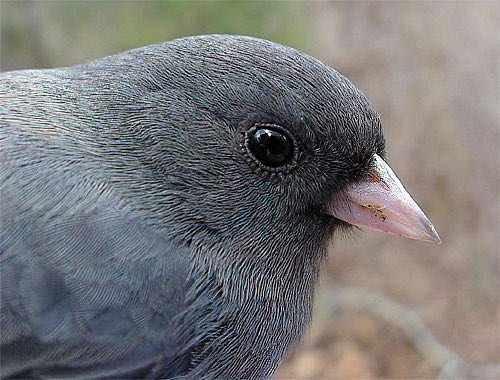

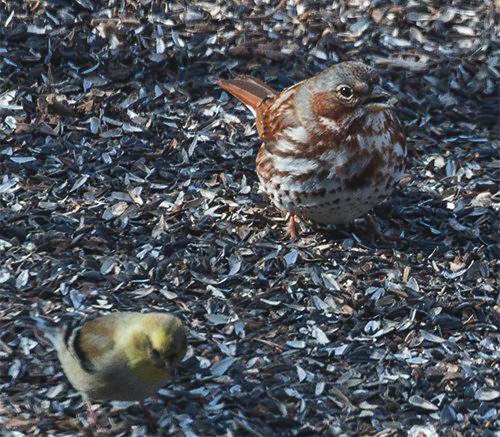
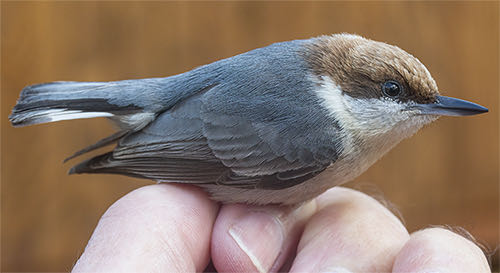
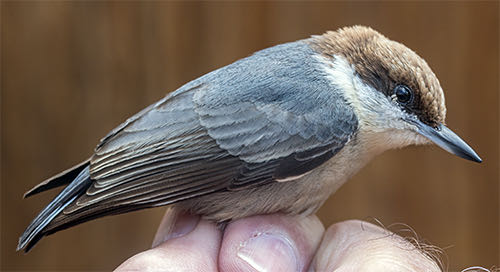
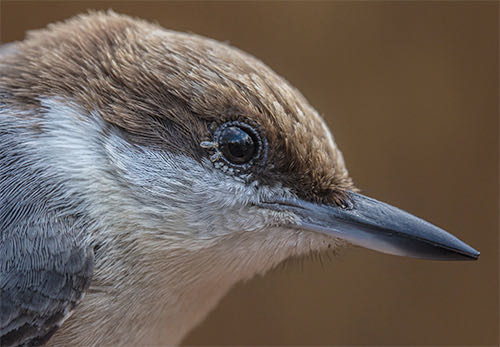

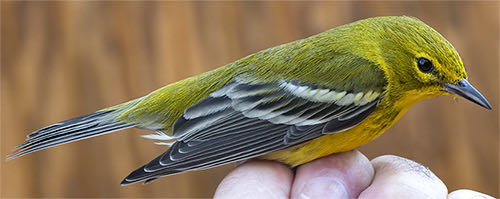
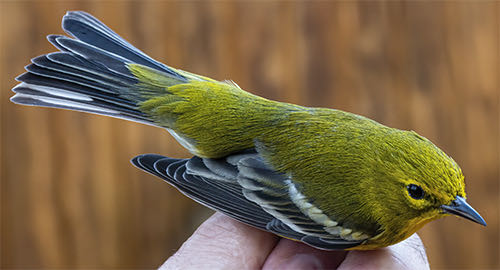
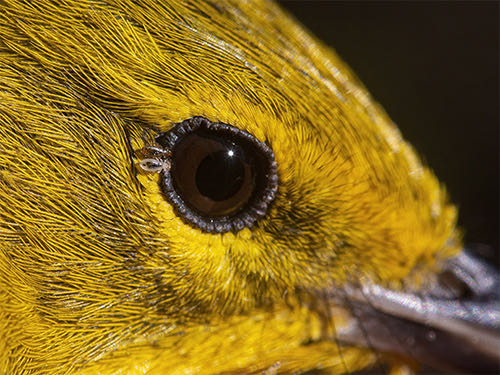
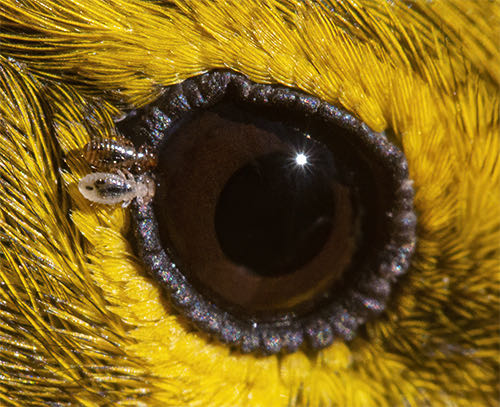

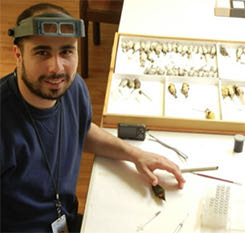 One of the first responses was from Michel Valim
One of the first responses was from Michel Valim 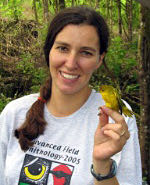
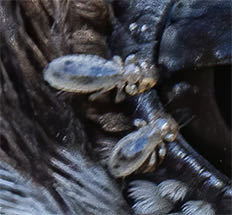
 Then he said something of very special interest to us: "No lice are reported from the Brown-headed Nuthatch
Then he said something of very special interest to us: "No lice are reported from the Brown-headed Nuthatch 
 Mike Ferro
Mike Ferro 









 Oct 15 to Mar 15:
Oct 15 to Mar 15: